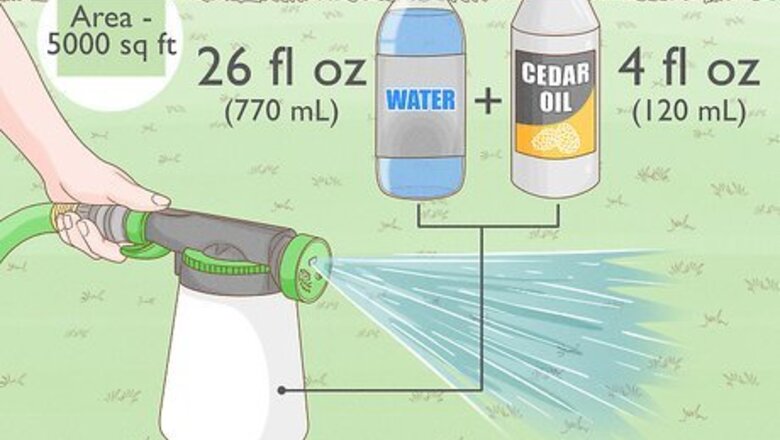
views
How do you make cedar oil spray?
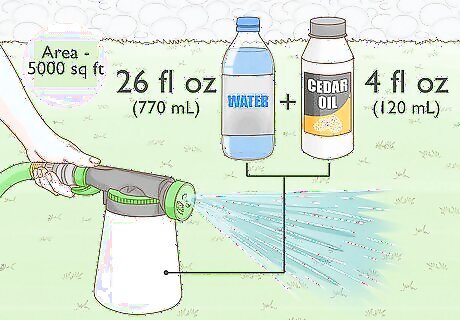
Mix 4 fl oz (120 ml) of cedar oil concentrate with water. Pour the cedar oil into the canister of a hose-end sprayer applicator. This looks like a container that fits onto the end of your hose and it has measurements on the side. Then, pour in 26 fl oz (770 ml) of water and screw the canister onto the hose. When you turn on the water it will safely dilute the cedar oil to the proper ratio. Always read the manufacturer's instructions for your specific product since the dilution ratio might be a little different. This amount gives you enough diluted product to treat 5,000 square feet. Pick up cedar horticultural spray from gardening centers or online.
What bugs does cedar oil kill?
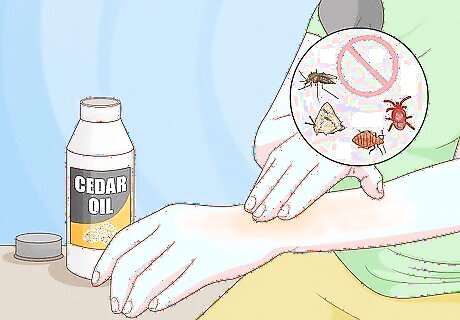
Cedar oil is effective against lots of biting insects like mites and fleas. You can also use it to get rid of mosquitos, bed bugs, and moths. It's also great for getting rid of ticks and ants. Cedar oil doesn't kill bees or butterflies, so it's great to use in your garden.
How do you use the horticultural cedar oil spray?
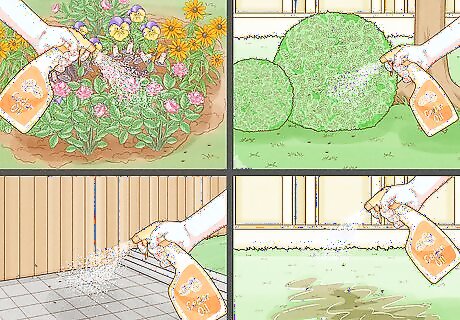
Saturate the pests and areas where they live with cedar oil spray. Pour your diluted cedar oil spray into the container of a hose-end sprayer and screw it onto your hose. Then, turn on the hose and spray the pests along with the areas where you've seen them—flower beds, shrubs, grass, standing water, and concrete driveways or patios. One application might be enough to get rid of your pests, but it's fine to reapply the spray once a month if you see them return. If you're treating a large area, you may need to refill the hose-end sprayer in order to treat it all.
What does cedar oil do to insects?
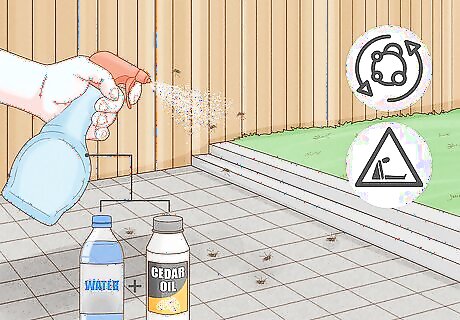
Cedar oil coats the pests' exoskeletons so they suffocate. This is why you have to spray the cedar oil mixture directly on the pests. Depending on the type of pest you're dealing with, the cedar oil might also disrupt their metabolism so they die. Cedar oil works quickly so you should see the pests stop moving within a few minutes of spraying them. Cedar oil spray is also effective at killing eggs or larvae since they prevent them from getting oxygen and it can also disrupt their metabolism.
Does cedar oil keep bugs away?
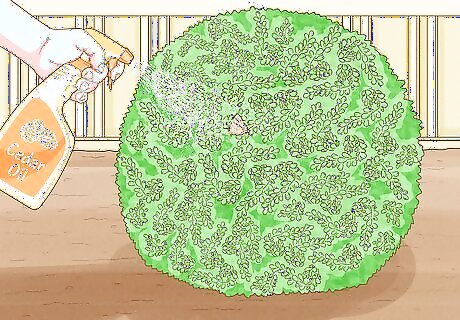
No—the cedar oil works on contact. Unfortunately, simply spritzing an area with the cedar oil spray won't keep the pests from returning. This is because the cedar oil has to come into contact with the pests' exoskeletons. Keep an eye out for pests and be ready to spray them as soon as you see them.
How do you make cedar insect repellent?
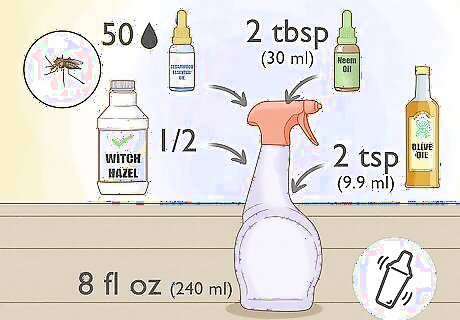
Mix cedar essential oil with witch hazel for an easy repellent spray. If you're trying to keep pests like mosquitos and ticks at bay when you're outside, spray a homemade repellent. Fill an 8 fl oz (240 ml) spray bottle half full of witch hazel. Pour in 2 tsp (9.9 ml) of a carrier oil, like olive oil, and 2 US tbsp (30 ml) of neem oil. Add 50 drops of cedarwood essential oil and screw the lid on. Then, shake it vigorously to safely dilute the oil. Spray the repellent on your clothes and skin before you go outside. The cedar scent will repel mosquitos and ticks. Don't forget to shake the bottle each time you use it and reapply it at the first sign that mosquitos or ticks are landing on you. You can buy cedar essential oil and neem oil at natural grocers, grocery stores, some pharmacies, or online. Keep in mind that essential oils aren't regulated by the EPA for quality. This means you can't be sure how effective your repellent spray will be.
Is cedar oil spray safe for plants?
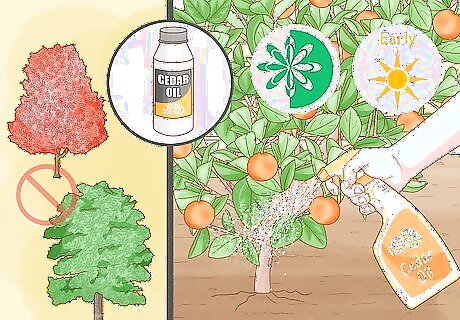
You can safely spray it on most plants, but use caution on certain trees. Cedar oil can damage the color of some trees like Japanese maples, amur maples, black walnuts, and hickories. It can also dull the color of evergreens like blue spruces. Hold off on spraying citrus trees after October since the spray can worsen cold damage. Spray citrus trees in spring or early summer—if you apply cedar oil in August or September, it may slow down the ripening process.
Can you use cedar oil on your pets?

You should ask your veterinarian to advise you before using it. Cedar horticultural oil can have other ingredients added that may irritate your dog or cat's skin. Dogs and cats may be more sensitive to the cedar essential oil in a repellent spray, so it's also a good idea to talk with your vet before using them. Your vet should be able to recommend a non-toxic pet-safe repellent for you to use on your pets.




















Comments
0 comment